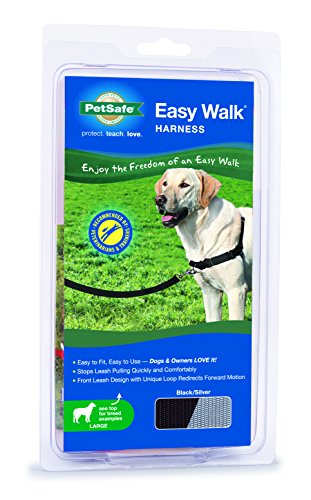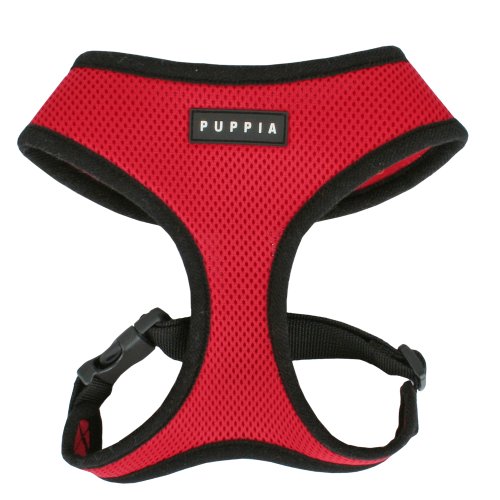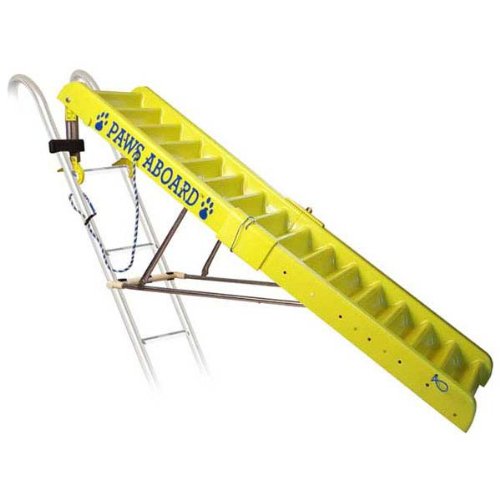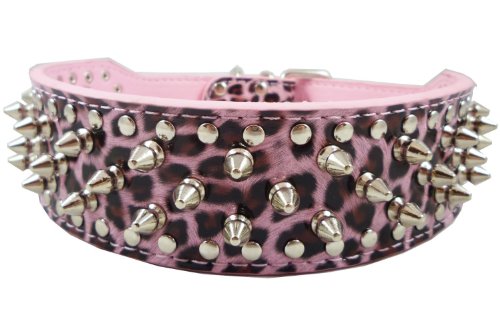Have you ever watched a dog eat its food? It's actually quite entertaining, since it's so different from how a human being eats. A dog can't eat the same way a person can. After all, a dog has no hands; its jaws are suited for biting and cutting vs. chewing; the dog doesn't have very many gag reflex nerves in the back of its mouth (humans have many); and a dog has fewer taste buds on its tongue yet a considerably keener sense of smell.
The mechanics of a dog's mouth cause all dogs to eat the same way. Sometimes an owner mistakes the dog's necessary means of eating for the dog's apparent excitement for the attention and the meal itself. It doesn't matter what breed of dog it is, since all dogs eat the same way. By knowing and understanding these mechanics, a dog owner will be better equipped to make good decisions on what to feed their dog.
Have you ever watched a dog swallow its food? This normal process is called bolting." The dog will pick up a piece of food with its front teeth. Then with a sudden, quick movement of its head, the dog will toss that piece of food back onto the top of its tongue. The piece of food is then rolled to the back of the mouth, still without being chewed. As the food gets to the base of the tongue, a reflex causes the back of the tongue to push the food back and upward into the esophagus. The food is carried directly into the stomach. Quite a process! This is the most innately comfortable and satisfactory way of a dog getting its food from its bowl into its stomach.
Sometimes the food given to (or found by) a dog is too big to be swallowed; thus bolting does not work. When a piece of food large, the dog holds the food with its paws and uses its front teeth to tear off smaller pieces that can be swallowed. If the food is too tough to be torn apart by their teeth, the dog will cut it into pieces small enough to be swallowed, using two specialized jaw teeth.
A dog has carnassial teeth that act like scissor blades which can cut through such tough substances as muscle, hide, gristle, and even bone. While the powerful jaw muscles of a dog are useful for cutting chunks of food into smaller sized pieces that can be swallowed, these muscles are used very little for actually chewing those pieces.
Dog food companies take into account how a dog eats, making its food the right size for the breed of dog. It's no surprise that a Chihuahua would want to be fed smaller sized dog food pellets than a German Shepherd! However, each of these dogs has adequate teeth to be able to cut through the tough materials that dogs used to have to eat when they were without commercial-grade dog food, fed to them by their owners.

 How To Stop Dogs Pulling On The Leash
To Stop Dogs Pulling Takes P
How To Stop Dogs Pulling On The Leash
To Stop Dogs Pulling Takes P
 Be Prepared Before Taking Your Dog on Your Next Holiday Road Trip
Planning Your TripIt is exci
Be Prepared Before Taking Your Dog on Your Next Holiday Road Trip
Planning Your TripIt is exci
 Dog Boat Ladder
Using a dog boat ladder is a
Dog Boat Ladder
Using a dog boat ladder is a
 Designer Dog Collars
Your dog can be stylish too!
Designer Dog Collars
Your dog can be stylish too!
 Caring For Your Golden Doodle
Owning a puppy or a dog can
Caring For Your Golden Doodle
Owning a puppy or a dog can